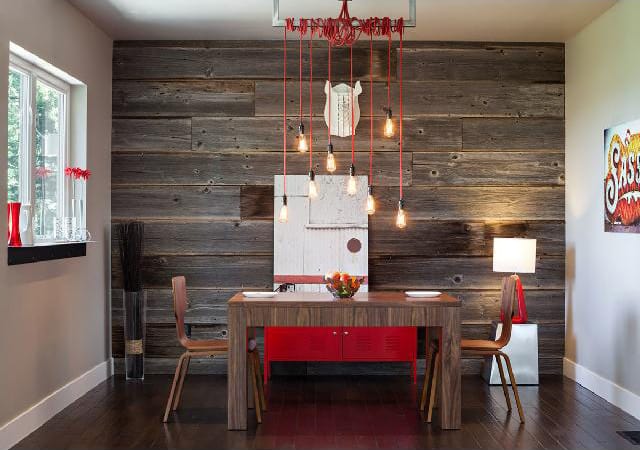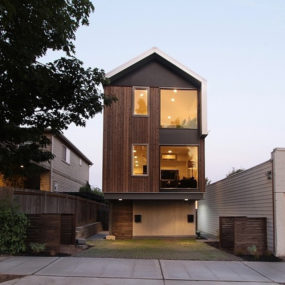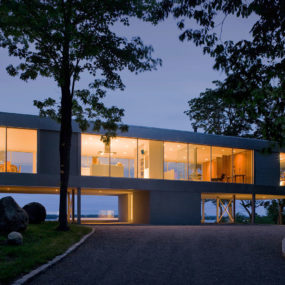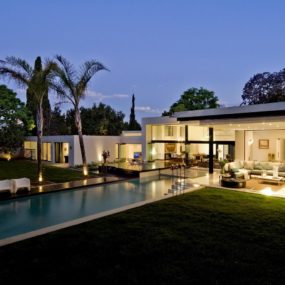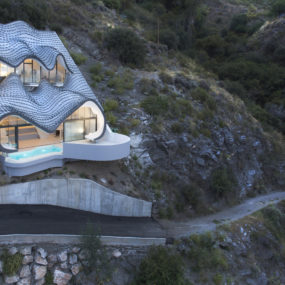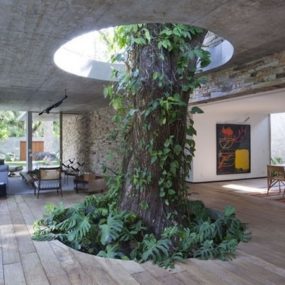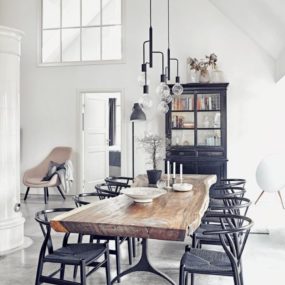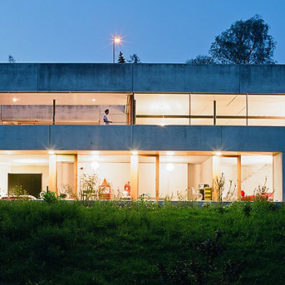Rising among the trees in Sant Pol de Mar, Spain, the house dubbed Mediterrani 32 was itself inspired by the towering pines rising around it. Barcelona-based architect Daniel Isern created this rustic style concrete house with some obstacles before him. It was to be built on a slope with an impossible gradient of almost 100%, and on a small budget to boot. Well, maybe not impossible. In spite of the obstacles, the architect created a truly unique house that makes the most of the stunning views and provides plenty of practical living space. Here’s what the architect put together, and how he did it.
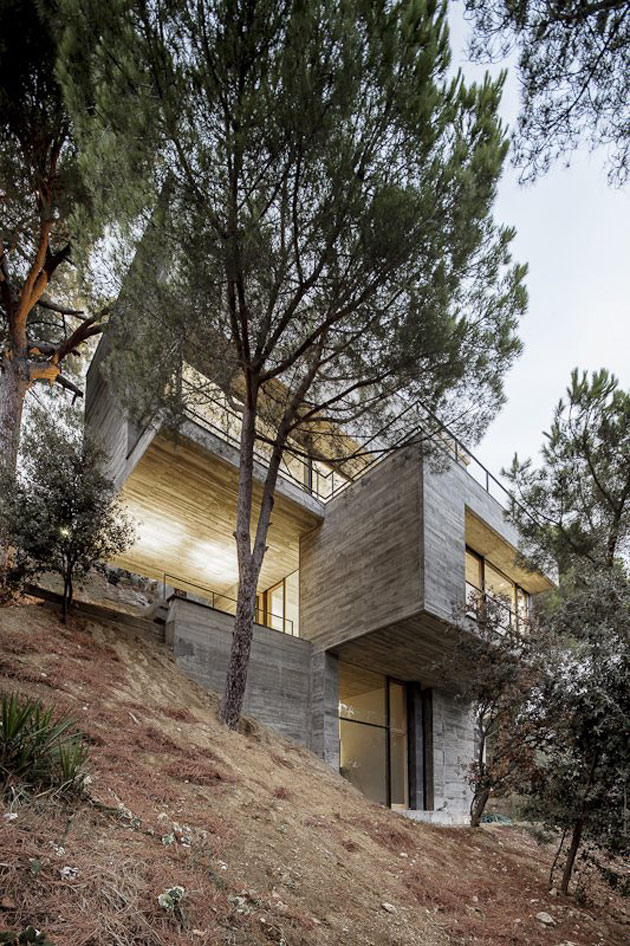

The house boasts a small footprint, taking a cue from the soaring pines rising around it while also minimizing the home’s impact on the land. This vertical house plan features a “trunk” base with various volumes branching out around it overhead in all directions, resulting in a series of protruding volumes and voids that characterize this interesting house plan.
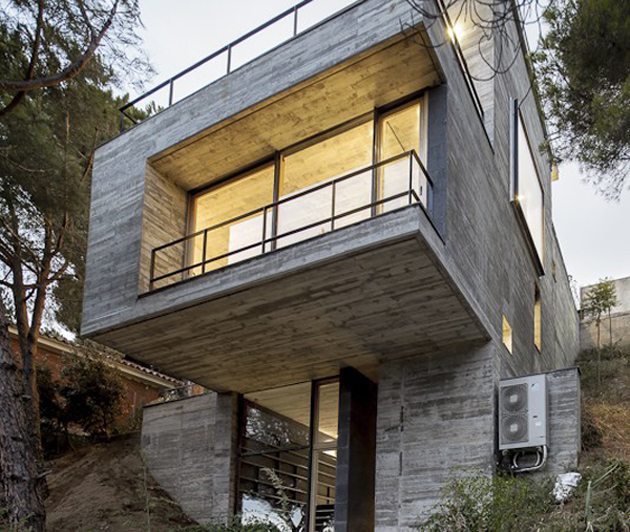
“Each branch becomes the terrace of the upper level at the same time as it becomes the porch of the lower one,” explains the architect. “All this helps create a very formal building, with huge cantilevers facing out to emptiness, the woods and the sea which lie before it. A structure which opens up to these views and the sun, and which, thanks to the terraces and the porches, confuse the interior with the exterior.”
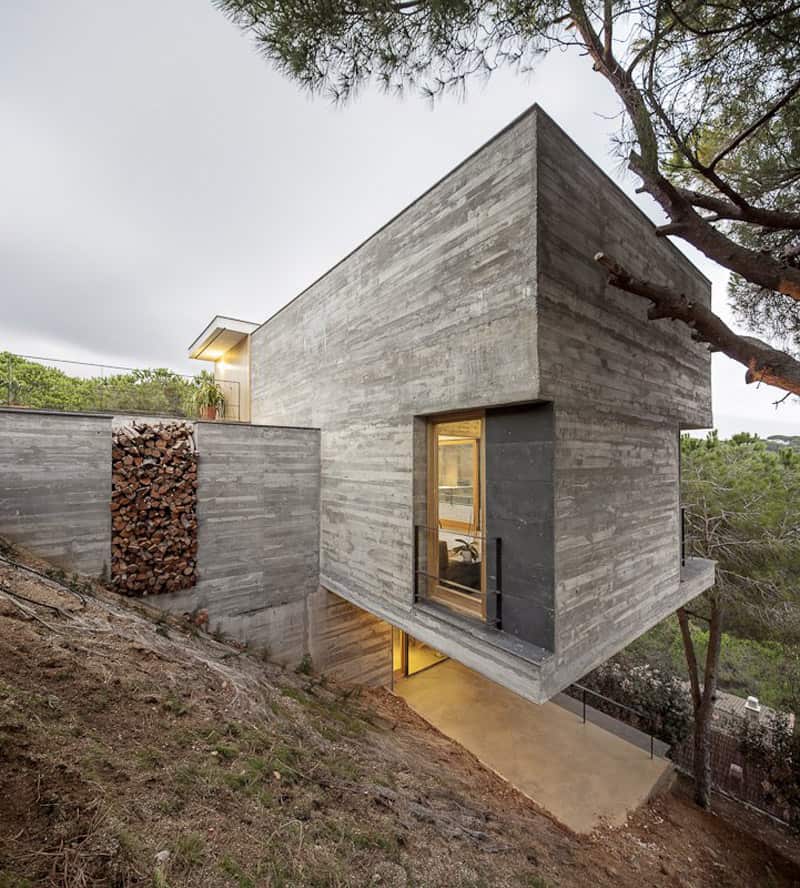
Regardless if you’re standing on the hilltop, on one of the terraces or porches, or inside peering out through the massive windows, you really get a sense of nature’s influence on every aspect of this design.
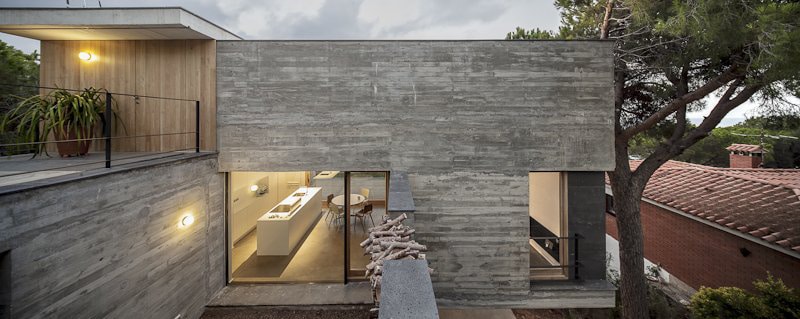
And influence aside, nature itself is always a focal point, from the views to the home’s material palette of concrete, iron, wood and stone – all organic materials that mirror the home’s earthy surroundings.
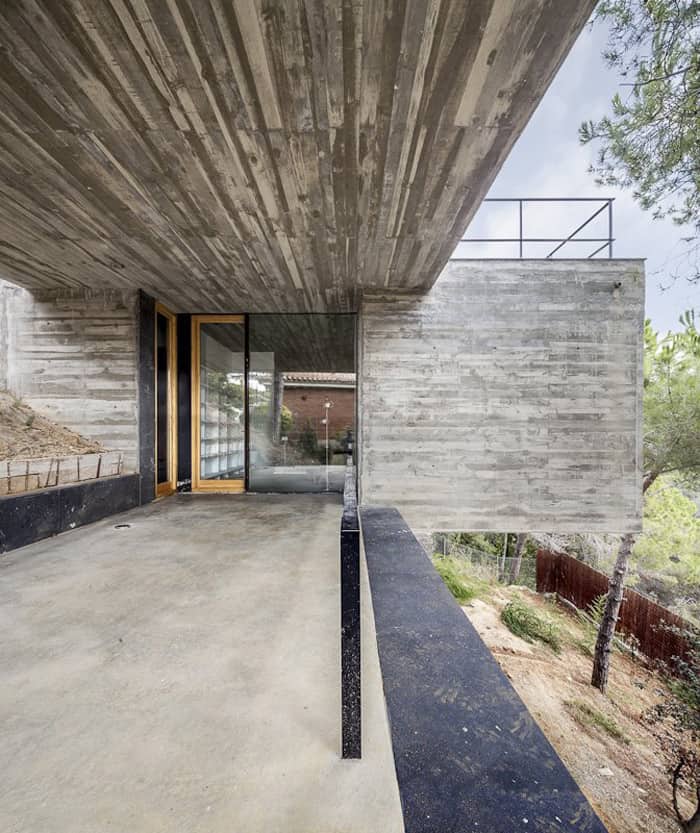
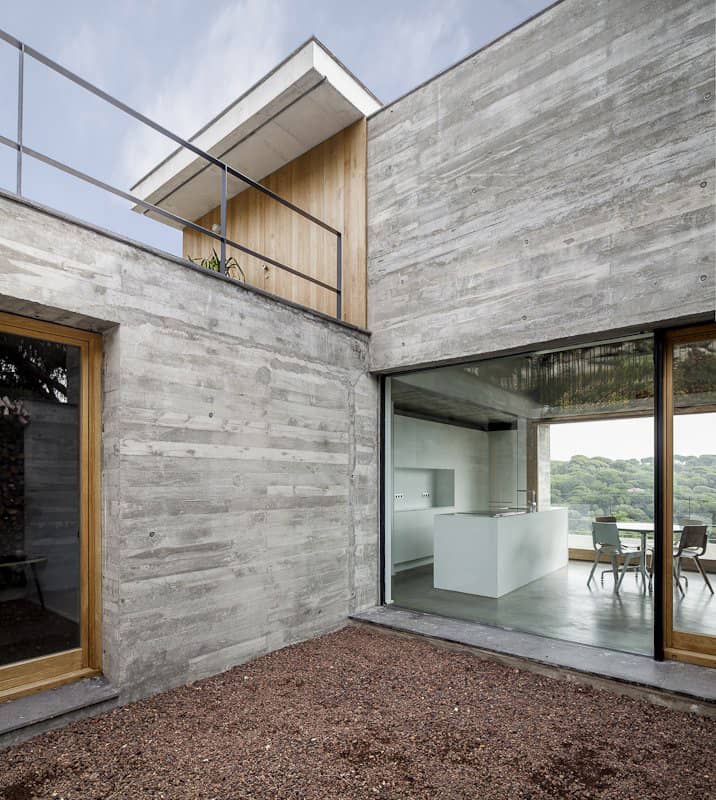
Thoughtfully inset between the overhanging terraces and tucked among the concrete walls, large expanses of glass let natural light and views into to the house without compromising the privacy of indoor living.
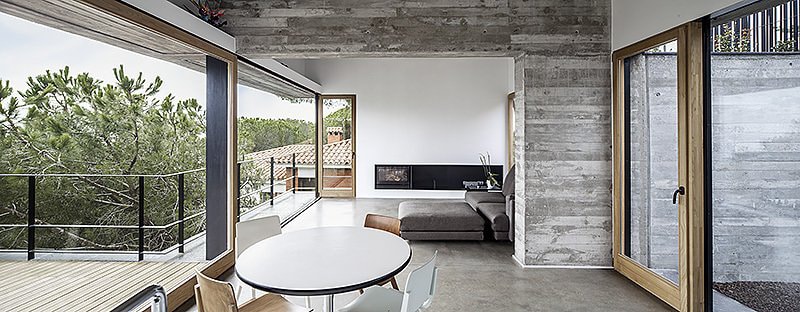
Moving inside, the home’s interior style echoes that of its outer shell – organic, rustic and cool. The concrete walls spill inside and onto ceilings, lending the home a deliberately rough, industrial edge. Floor-to-ceiling glazing puts nature always within reach.

Sliding glass doors open to the terraces, expanding living space beyond the home’s walls.
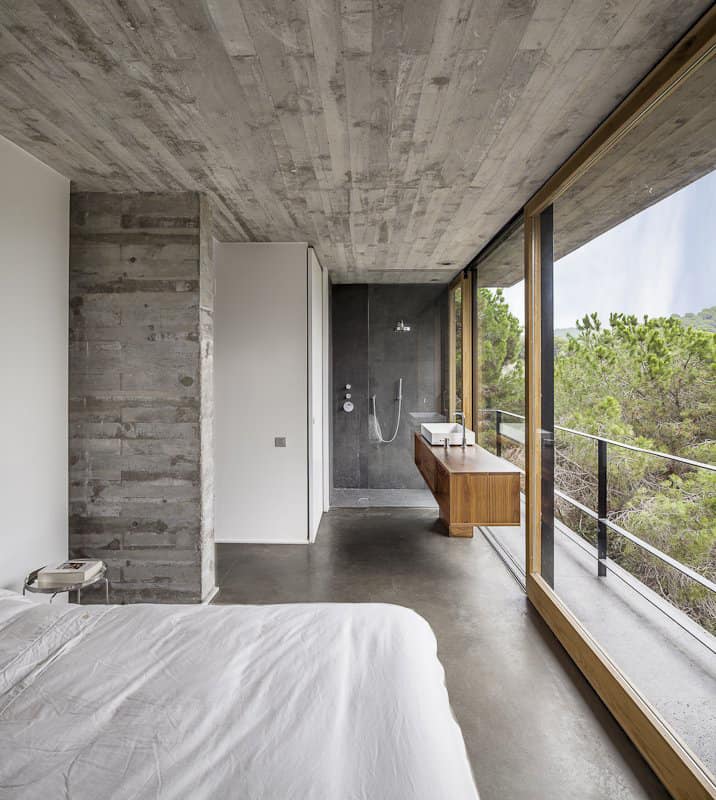
The bedroom area may be small, but it sure is sweet. This long, narrow space is visually expanded through the use of floor-to-ceiling, wall-to-wall glass and a balcony just on the other side. The adjoining bathroom boasts a glass-enclosed shower, ensuring the entire area is flooded with natural light – no exceptions. Thankfully, the home’s location and position allow for glazed private rooms without being in full view of neighbors and passersby.
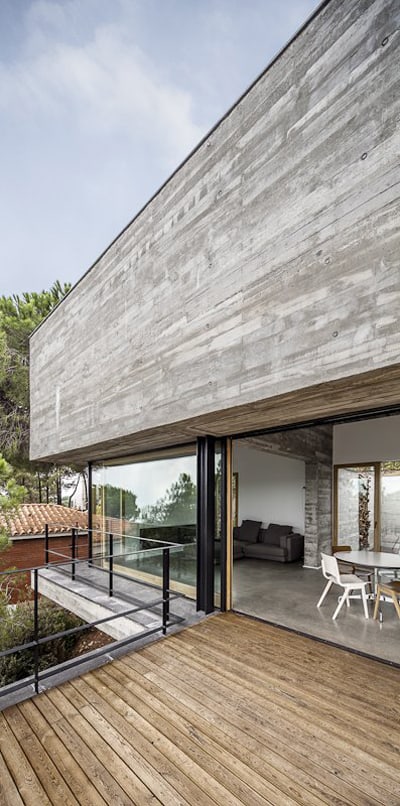
According to the architect, “In the end, the whole building represents a dialogue between emptiness and fullness, between materials, between outside and inside; seeking out a balance between these highly contrasting parts.”
Here are the plans for the design:
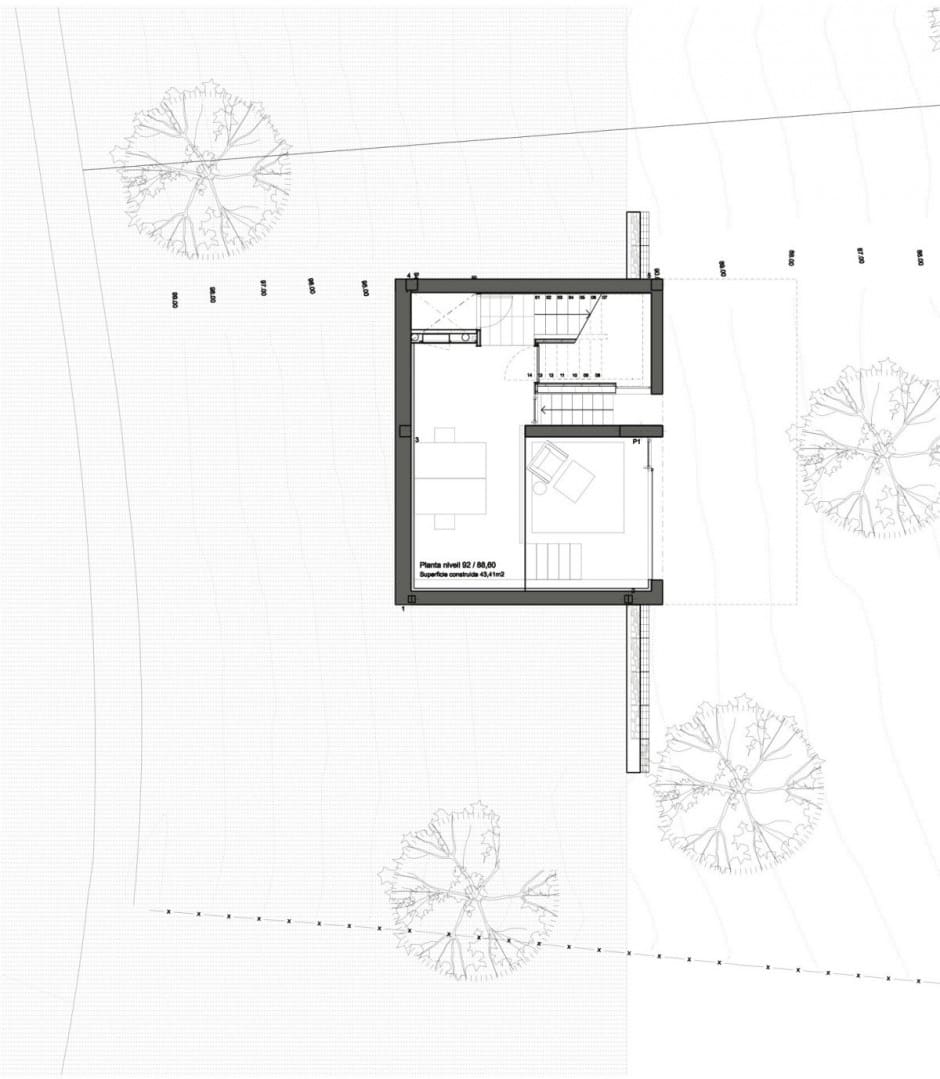
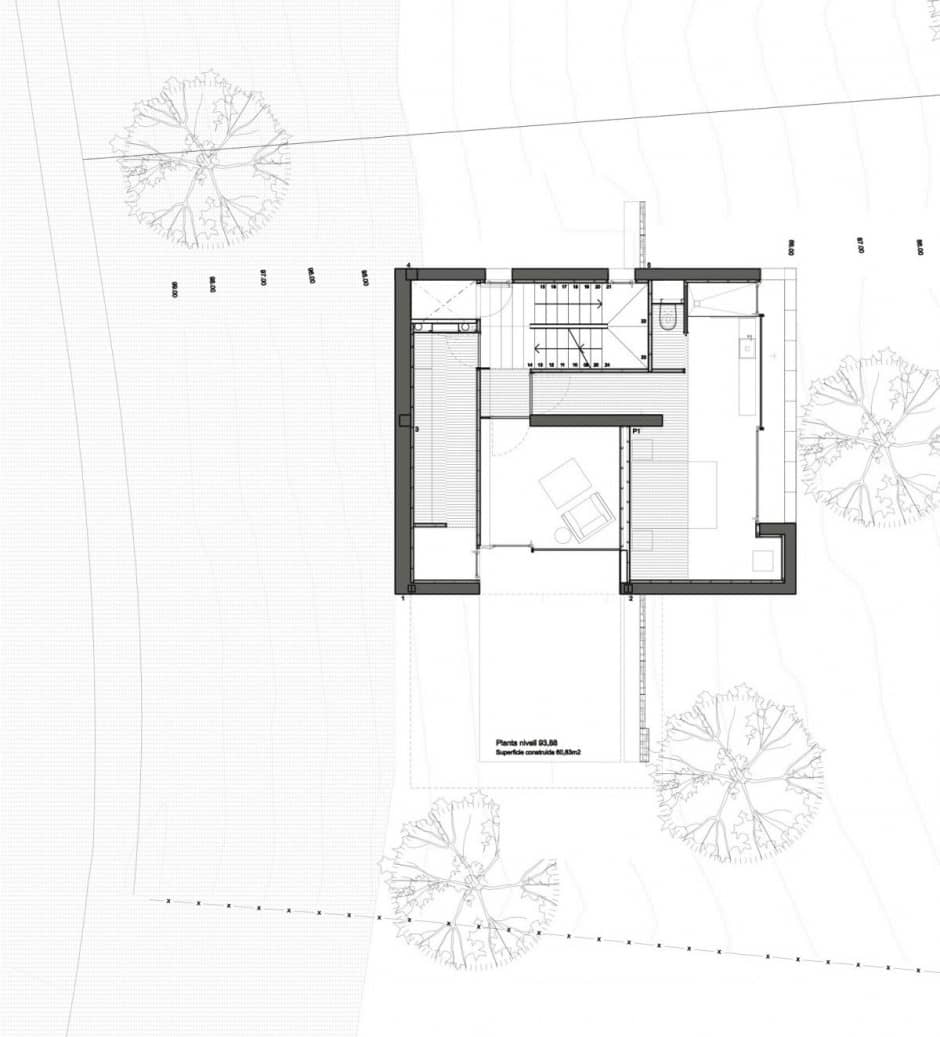

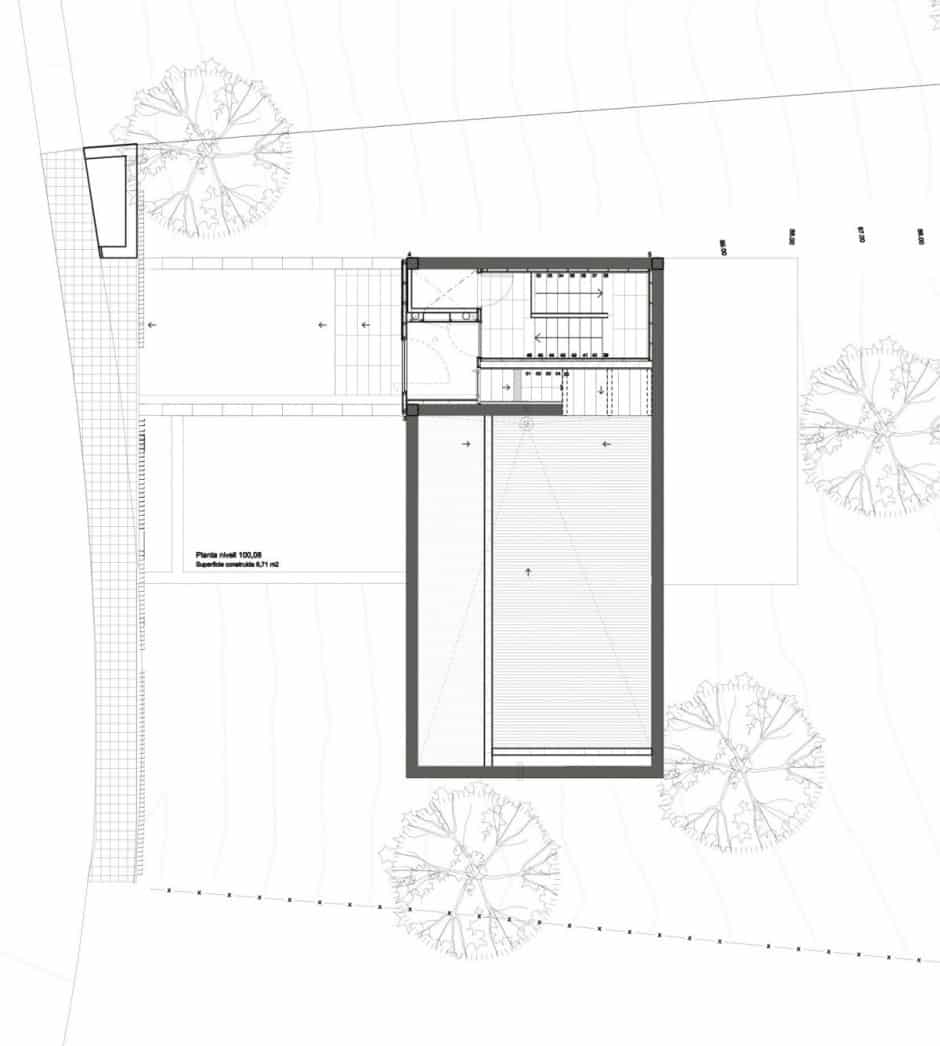

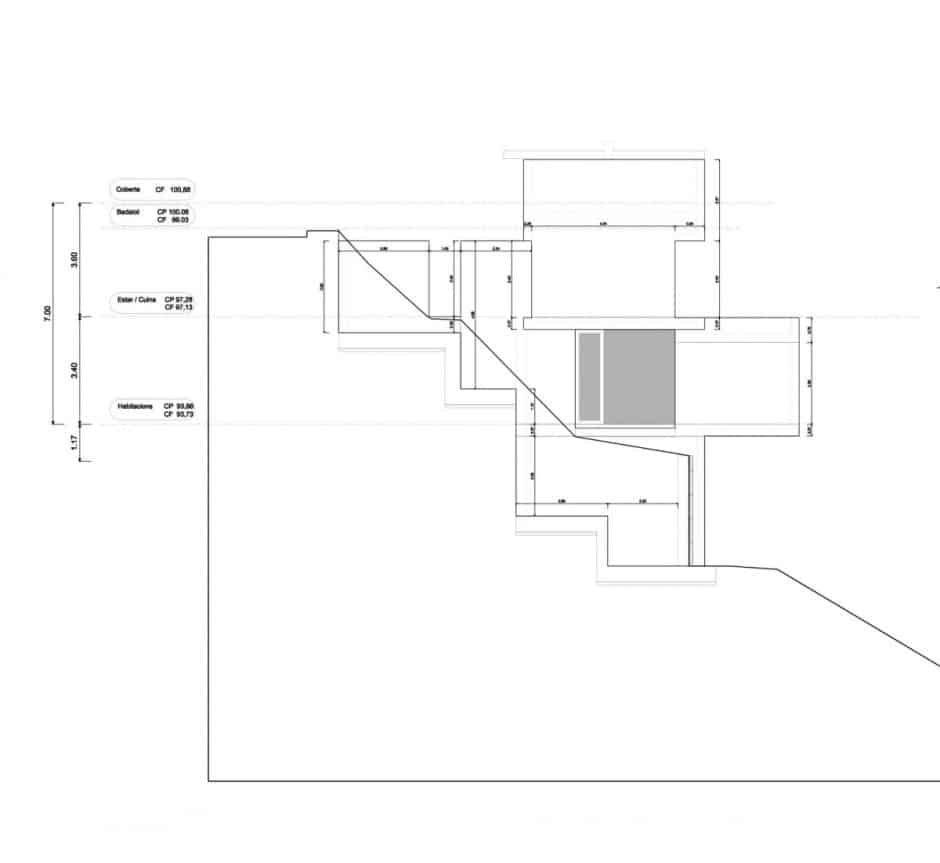
Isern
via Contemporist
photo credit: Adria Goula

















